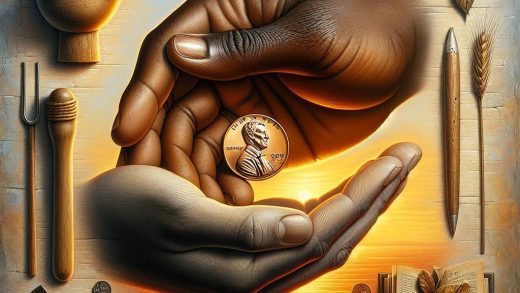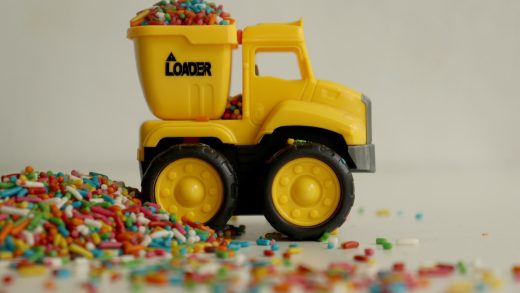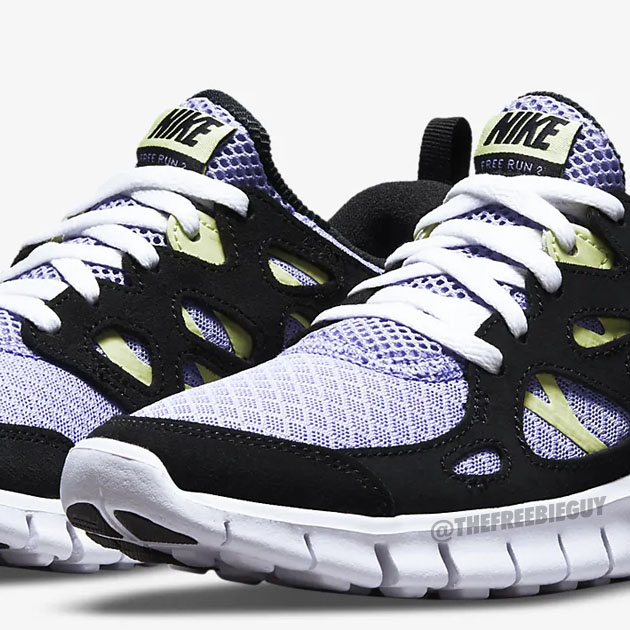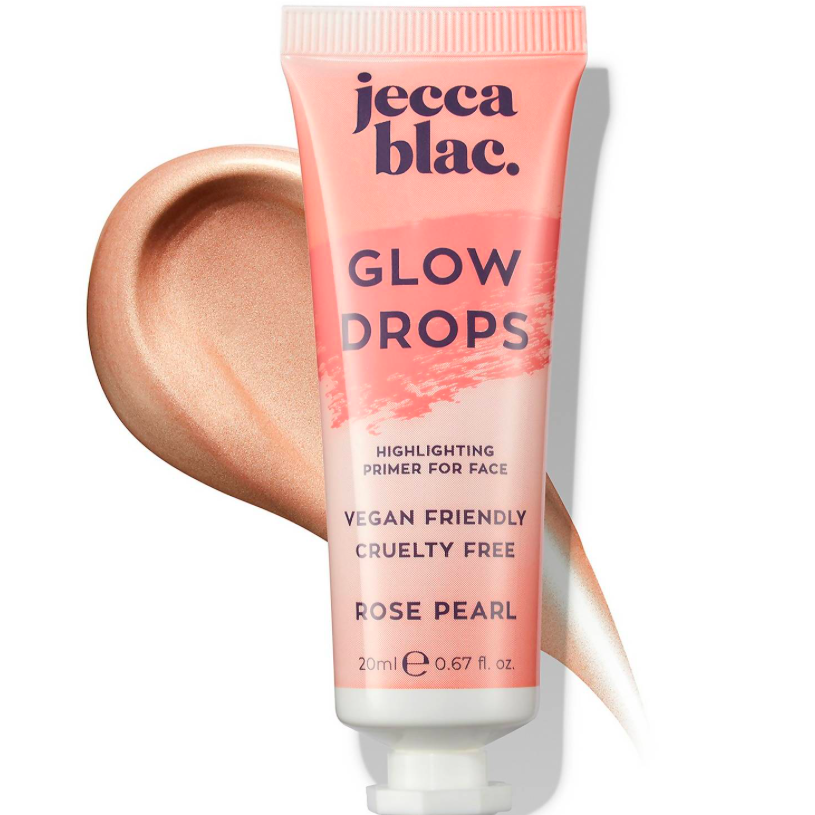In a world increasingly defined by consumerism, the allure of new purchases often overshadows the potential benefits of embracing a more sustainable approach to our needs and desires. But what if choosing the second-hand or rental option could not only ease the strain on our wallets but also contribute significantly to the well-being of our planet? As the conversation around sustainability gains momentum, a quiet revolution is taking place in the marketplace, urging us to reconsider our consumption habits. From vintage treasures that carry stories of their own to the flexibility of rental services that cater to transient lifestyles, the benefits of opting for pre-loved goods and shared experiences are multifaceted. In this article, we explore the reasons to embrace sustainability by choosing second-hand and rental options over new purchases, uncovering how these choices can create a more resourceful, mindful, and harmonious way of living.
Redefining Consumption: The Long-Term Advantages of Second-Hand and Rental Options
As we journey toward a more sustainable future, the embrace of second-hand and rental options presents a transformative shift in how we perceive consumption. Opting for pre-owned items or shared resources not only diminishes the demand for new production but also fosters an eco-friendly mindset. Here are some long-term advantages to consider:
- Lower Environmental Impact: By choosing second-hand goods, we help reduce waste, conserve resources, and minimize pollution.
- Cost Efficiency: Renting or buying used items often comes at a fraction of the cost of new purchases, allowing for better financial decisions.
- Unique Finds: The charm of second-hand items lies in their individuality, offering unique pieces that stand out from mass-produced goods.
- Community Support: Shopping locally second-hand or renting fosters community connections and supports small businesses.
| Second-Hand Benefits | Rental Benefits |
|---|---|
| Reduced carbon footprint | No long-term commitment |
| Support for sustainable practices | Access to high-quality items |
| Preservation of resources | Flexibility with trends |
| Enhanced creativity in choices | Convenience and hassle-free returns |
Creating a Circular Economy: How Choosing Pre-Loved Goods Supports Sustainability Efforts
Adopting a philosophy centered around pre-loved goods plays a vital role in establishing a more sustainable future. By choosing items that have already been cherished, we actively contribute to reducing waste and conserving valuable resources. Embracing second-hand and rental options not only diverts perfectly functional products from landfills but also drastically lowers the carbon footprint associated with the manufacturing of new items. Some of the key benefits include:
- Resource Conservation: Utilizing existing items helps to reduce the demand for raw materials.
- Waste Reduction: By purchasing pre-owned products, we minimize the volume of waste generated by fast fashion and consumerism.
- Community Engagement: Buying from local thrift stores or engaging with rental services supports small businesses and builds community resilience.
- Affordable Choices: Second-hand goods often come at a fraction of the cost of new items, making quality accessible.
To further illustrate the impact of our choices, consider this simple comparison table:
| Impact Factor | New Goods | Pre-Loved Goods |
|---|---|---|
| Carbon Emissions | High | Low |
| Water Usage | High | Minimal |
| Waste Generation | Significant | Negligible |
By consciously opting for alternatives that promote longevity and reuse, we are taking substantial steps toward a circular economy and fostering sustainable practices that will benefit both our planet and future generations.
Wrapping Up
As we conclude our exploration of sustainability through second-hand and rental choices, it’s clear that every small decision can yield significant benefits. By embracing these alternatives, we not only reduce our ecological footprint but also contribute to a vibrant cycle of reuse and sharing. Each vintage treasure and rented outfit tells a story, weaving a tapestry of sustainability that reflects our collective responsibility to the planet.
The next time you contemplate a purchase, consider the hidden potential of the pre-loved and the temporarily cherished. In doing so, you not only make a mindful choice for yourself but also join a growing community committed to fostering a more sustainable future. So, let’s shift our perspective; every item has its chapter, and there’s beauty in those that have lived before us. Together, we can redefine consumption, one second-hand find at a time. Embrace sustainability—not just as a trend, but as a lifestyle.










